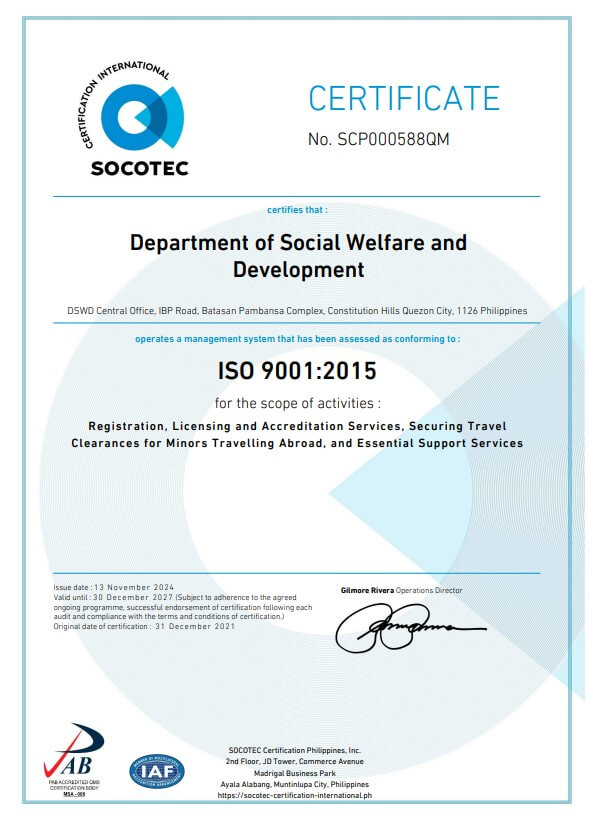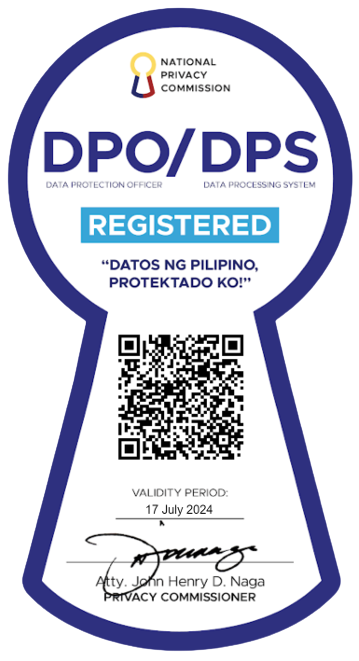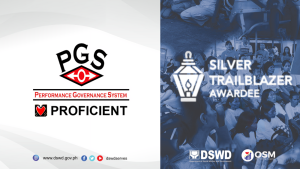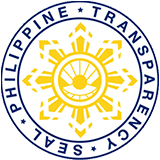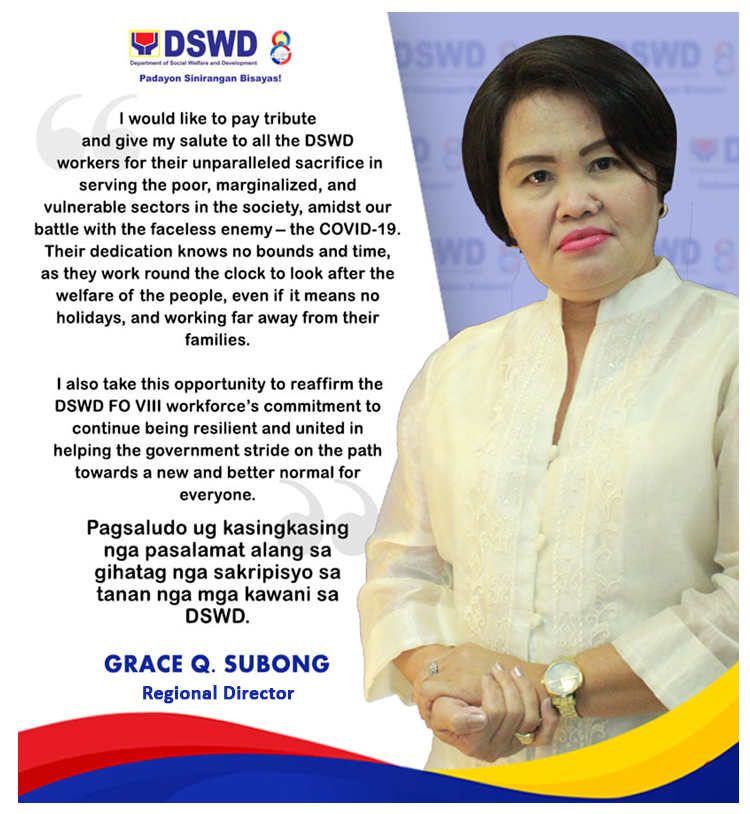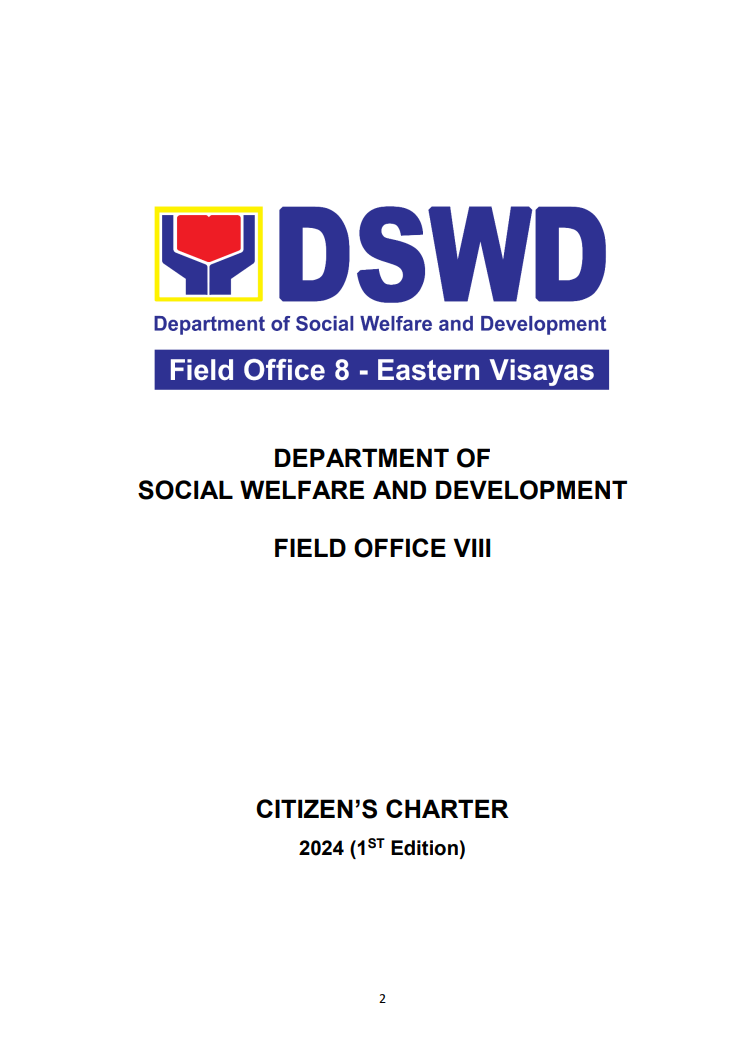A total of Php 1,008,526,165.63 billion has already been released to 1, 865 barangays across six provinces in Eastern Visayas through the Department of Social Welfare and Development’s Kapit-Bisig Laban sa Kahirapan Comprehensive and Integrated Delivery of Social Services (Kalahi-CIDSS).
As of this writing, 3, 820 NCDDP (National Community-Driven Development Program)-funded sub-projects have been identified by communities and with this funds downloaded, a total of 1, 865 sub-projects are now ready for construction.
Although Eastern Visayas has the biggest NCDDP scope all over the Philippines, Kalahi-CIDSS Field Office VIII is the first region to hit the disbursement target. The said 1 billion-release is downloaded directly to community accounts of each barangay where community members manage and implement their chosen sub-projects. Some of the identified sub-projects to be implemented this year include improvement of school buildings, rehabilitation of bridges and roads, and construction of barangay evacuation centers.
“This milestone in Kalahi-CIDSS disbursement is not possible without the men and women of the community who are the very heart of this program. We need to expedite the release of funds in order to translate this money into projects identified by the community members for their own development needs, especially in Yolanda-hit areas”, Regional Director Nestor Ramos said.
Kalahi-CIDSS is the poverty alleviation program of the national government that seeks to empower community members using the Community-Driven Development strategy. In Eastern Visayas alone, 617, 131 households across 136 municipalities will benefit from this program; 239, 328 families of whom are Pantawid Pamilyang Pilipino Program beneficiaries.
The National Community-Driven Development Program is the expansion into a national scale of the Community-Driven Development strategy which was tried and proven effective by the Kalahi-CIDSS project in its past 12 years of implementation. CDD puts the power back in the hands of the people by giving them the opportunity to identify the most pressing needs of their barangay, come up with solutions corresponding to these issues by choosing a sub-project that will answer the problem and implement and maintain it.

